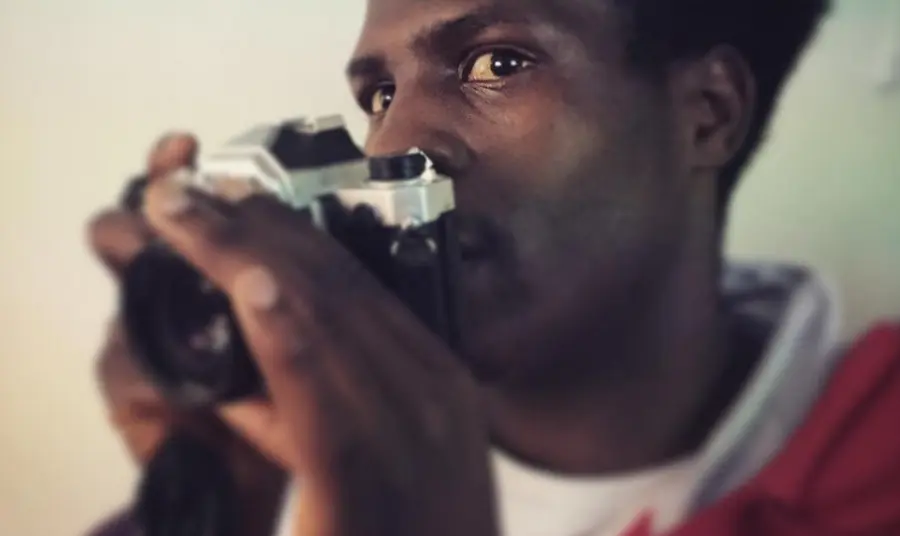
Young Roots
The project
Bridge + Tunnel productions led a project working with young people with little previous experience of exploring heritage in a meaningful way. Drawing on heritage linked to the criminal justice system, they helped young people connect to the past and create positive stories for the future.
The organisations
Crime & Punishment involved 30 young people aged 14-25 who were at risk of offending or had experience of offending either personally or through a family member. They were supported by NACRO, a social justice charity, and the Space 2 Youth Centre. Heritage input came from Tyne and Wear Archive and Museums (TWAM) and Durham University.
The results
Participants visited historic sites, including former prisons, and explored library collections, archives and online resources to understand how social justice had evolved through the centuries. Creating their own digital stories about the past, the young people explored notions of social justice, crime and punishment.
It was really engaging to go to the archive as a group, share what we were experiencing, our thoughts about it, and create a story based on our image selection.
Carlota, participant
Meeting our outcomes
A wider range of people were engaged with heritage. Using a combination of creative activities and digital tools young people new to heritage drew on imaginative ways to explore the history of social justice. They critically engaged with the past and its relevance for their own lives.
Young people learned about the changing nature of incarceration, and the significance of prison architecture, through ‘back-to-history’ tours of sites such as Newcastle’s Castle Keep (a former prison) and Durham Gaol.
Connecting with their local area, they took part in archival research for the first time, for example, visiting Newcastle University’s Robinson Library, and learning about the historical and social significance of a collection of early Victorian photographs or ‘mug shots’ at TWAM. They explored the impact of social justice on prisoners' rights, incarceration rates, and financial and racial inequality.
Developing skills
Through hands-on training, the young people developed skills in using digital media, research, project management and creative writing. They drew on archive material to create their own stories about young prisoners from the past.
The project provided the opportunity for the participants to experiment, learn more about themselves, discover where their strengths lay and build on them. They gained self-confidence and leadership skills.
A public exhibition of the participants’ photographs and heritage stories allowed them to take ownership of the work and share their experiences with peers and family members.
Lessons learned
- Building flexibility into the project allowed for individual needs to be met.
- Using creative techniques to encourage young people to discover and re-interpret heritage helped keep them engaged and produced a strong sense of ownership over the materials created.
Speaking about lessons learned, the Project Director says: "A valuable lesson … was the need to adapt the project's brief in order to respond to participants' needs. The iterative design was necessary in order to ensure that the activities were guided by their interests, as well as providing opportunities for engagement with heritage and new skills development."